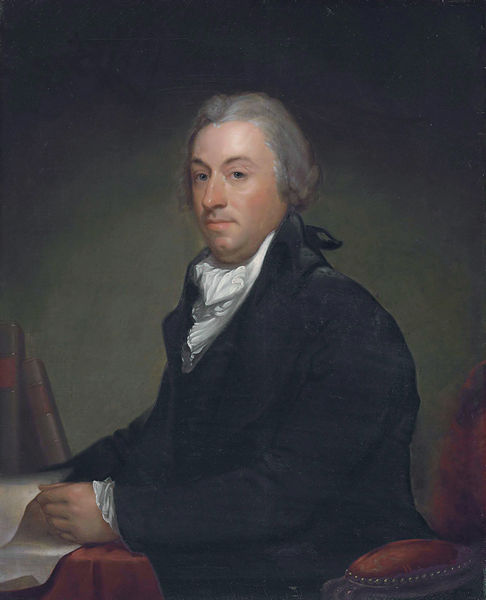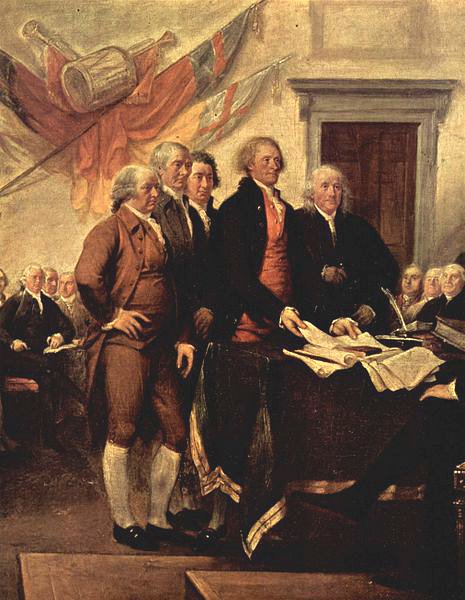Robert Livingston was one of the men responsible for our Declaration of Independence, attendee of the Continental Congress, and one of the lesser known Founding Fathers.
Early Life & Education

Robert R. Livingston, by Gilbert Stuart
public domain image
Robert Livingston was born on November 27, 1746 in New York city to Judge Robert Livingston and Margaret Beekman Livingston.
He went to school at King’s College and graduated in 1765. In 1770 he married Continental Congressman John Stevens’ daughter, Mary Stevens. He built a home for them, which he called Belvedere, but it was burned down by the British army, along with the rest of the city of Clermont in 1777.
Later, in 1794, he was able to build a new home for them, which he called New Clermont. Today it has been renamed Arryl House, which is supposed to be the spelled out version of his initials “RRL.”
Politics
Robert, like so many of the founding fathers, studied law and became a prominent lawyer. He was first politically active during the Stamp Act revolt and was appointed recorder of New York City in 1773. However, this was a short-lived job, because he was soon replaced when he identified himself as part of the Whig Party. Livingston was a part of the Committee of Five (the group that drafted the Declaration of Independence), however he had to return to his state before he had a chance to sign the final version.

Committee of Five presenting the Declaration of Independence to the Continental Congress. | Pictured here from left to right are John Adams, Roger Sherman, Robert R. Livingston, Thomas Jefferson, and Benjamin Franklin.
In 1777, he became the first Chancellor of New York, which he did until 1801, and then he became the highest judicial officer in the state. As Chancellor, it was Livingston who administered the presidential oath to <a href=”george-washington.html”>George Washington</a> in 1789. That bible is still sometimes used to swear in U.S. presidents. Even after he moved on from the position, Livingston retained the nickname “the Chancellor” for many more years. In 1781 he became the US Secretary of foreign affairs.
In 1789 Livingston join the Jefferson Republicans, led by Thomas Jefferson. This was the group opposing the Federalists, who were founded by Alexander Hamilton and John Jay. The Jefferson Republicans, later known as the Democratic Republicans, opposed the Jay Treaty, the Federalist Papers, and other ideas proposed by the Federalists. In 1789, Livingston ran for Governor of New York, but lost to John Jay.
In 1801, he was appointed Minister to France. During this time he negotiated the Louisiana Purchase. Also while he was minister to France, he met Robert Fulton. He and Fulton together invented the first steam boat which, on her first voyage, completed a weeklong trip in under 60 hours. The boat’s home port, in fact, was Livingston’s own home, Clermont Manor. In 1811, because of their invention, the two men became members of the Erie Canal Commission funded by New York to “Explore a Route for a Canal to Lake Erie, and Report”.
Livingston passed away on February 26, 1813 a happy man, who had lived a full and successful life.


